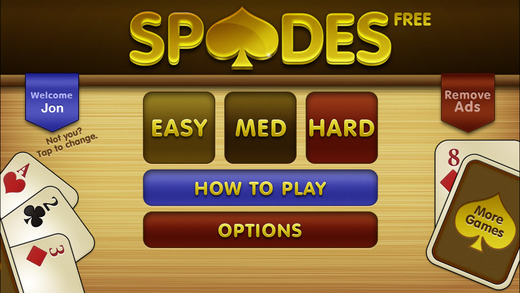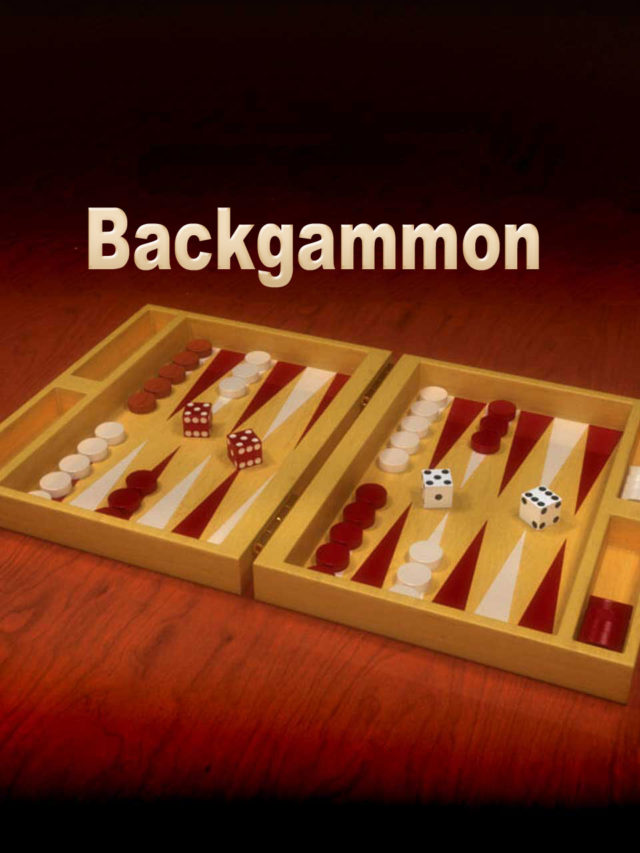
It is important to make sure that one establish as many usable corners as possible.
Typically, games begin with players moving quickly toward the board's centre (the most useful pieces for this are Z5, W5, F5, L5, N5, T5, X5, and V5). It is usually advisable to use up the 5-square tiles early on in the game, because they are difficult to place once the board fills up and because they have the greatest impact on one's final score. Smaller tiles are very useful during the later stages of the game: the smaller a piece is, the better it is at occupying the holes in the tiles of other colors, and thus opening up new areas of the board for expansion. Things that one must keep in mind during play: Blocking is possible to an extent by cutting off an opponent's access to the corners of their pieces using yours in strategic ways. In other words, game strategy is dominated by offense rather than defense. Instead, the successful tactic is to try to expand into as many areas on the board as possible. It is therefore difficult to cut off other people from accessing 'your' area. But since pieces only are connected via their corners, another player can easily pass through. The novice typically tries to seal off an area for themselves to reduce the area the opponents can access. If a player played all of his or her pieces, he or she gets a bonus score of +20 points if the last piece played was a monomino, +15 points otherwise. When a game ends, the score is based on the number of squares in each player's unplayed pieces a player loses one point for each square (e.g. The game ends when no one can place a piece. When a player cannot place a piece, he or she passes, and play continues as normal. 
Each new piece played must be placed so that it touches at least one piece of the same colour, with only corner-to-corner contact allowed-edges cannot touch. The first piece played of each color is placed in one of the board's four corners.
 Order of play is based on colour, with blue going first, followed by yellow, red, and green. The standard rules of play for all variations of the game are as follows:
Order of play is based on colour, with blue going first, followed by yellow, red, and green. The standard rules of play for all variations of the game are as follows: 
The 21 shapes are based on free polyominoes of from one to five squares (one monomino, one domino, two trominoes/triominoes, five tetrominoes, and 12 pentominoes). There are a total of 84 game tiles, organized into 21 shapes in each of four colors: blue, yellow, red, and green. The game is played on a square board divided into 20 rows and 20 columns, for a total of 400 squares.







 0 kommentar(er)
0 kommentar(er)
